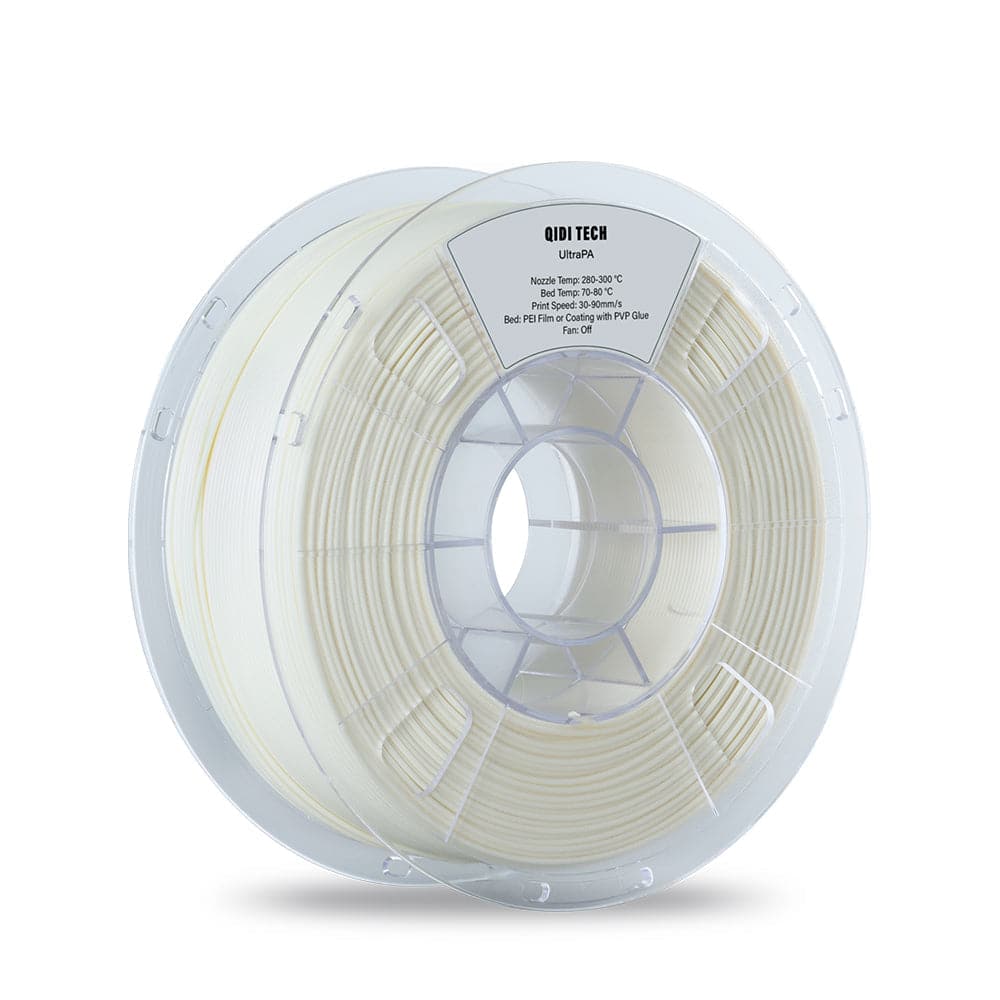Unlocking the Secrets of Nylon Filament: The Game-Changer for Your 3D Printing Adventures!
Nylon filament has emerged as a powerhouse material in the world of 3D printing, capturing the attention of both hobbyists and professionals alike. Its unique blend of strength, flexibility, and durability makes it an appealing choice for a range of applications. As 3D printing continues to evolve, nylon filament stands out for its impressive properties that cater to diverse printing needs. Whether you're a seasoned 3D printing enthusiast or just starting your journey, understanding the capabilities of nylon filament can significantly enhance your projects. In this article, we will dive deeper into the characteristics of nylon filament, explore its various applications, and compare it to other popular filament types.

Understanding Nylon Filament
Nylon filament is a synthetic polymer made from polyamide, a type of plastic that boasts exceptional properties. Its chemical composition typically includes amide groups in the molecular structure, which contribute to its overall strength and flexibility. Unlike other materials, such as PLA (Polylactic Acid) or ABS (Acrylonitrile Butadiene Styrene), nylon demonstrates superior toughness, making it an ideal choice for functional parts. One of my friends, an avid 3D printing enthusiast, shared how they transitioned from using PLA to nylon filament for creating mechanical parts due to the latter's resilience in high-stress applications. This anecdote illustrates the advantages nylon filament offers over more traditional materials.
Properties of Nylon Filament
Nylon filament's remarkable properties set it apart from other 3D printing materials. One of its standout features is its resistance to wear, making it suitable for parts that undergo constant friction or movement. Additionally, nylon exhibits impressive thermal stability, allowing it to withstand higher temperatures without deforming. However, it's essential to note that nylon can absorb moisture from the environment, which can affect its printing performance and end-use characteristics. A friend once experienced this firsthand, as their nylon prints warped due to high humidity in their workshop. This emphasizes the importance of proper storage and handling to maintain the integrity of nylon filament. Overall, its combination of durability, flexibility, and temperature resistance makes nylon filament a versatile choice for various printing needs.
Uses of Nylon Filament in 3D Printing
Nylon filament finds application across multiple industries, thanks to its robust properties. In the realm of prototyping, designers favor nylon for creating functional prototypes that can withstand real-world testing. The automotive industry, for instance, utilizes nylon filament for producing durable components, such as brackets and housings. Furthermore, nylon is widely used in the production of functional components that require flexibility and strength, like gears and hinges. One of my friends, who works in product design, shared an inspiring story about how they used nylon filament to create a prototype for a new product line that required high-performance materials. This demonstrates how nylon filament can significantly contribute to innovation across various fields.
Comparing Nylon Filament with Other Filaments
When comparing nylon filament to other common materials, such as PLA, ABS, and PETG, several factors come into play. PLA is known for its ease of use and eco-friendliness, making it a popular choice for beginners. However, it lacks the strength and durability of nylon. ABS, while stronger than PLA, can be more challenging to print due to its tendency to warp. PETG strikes a balance between the two, offering decent strength and printability, yet it still doesn't match the performance characteristics of nylon in demanding applications. My friend, who often experiments with different filaments, mentioned that while he enjoys working with PLA for casual prints, he always turns to nylon when he needs a part that can endure stress and wear. This highlights the importance of selecting the right filament based on specific project requirements, and nylon often emerges as the superior choice.
Nylon Filament: A Key Material for Future Innovations
In conclusion, nylon filament is a game-changer in the 3D printing landscape, thanks to its exceptional properties and versatility. From its strength and flexibility to its resistance to wear and heat, nylon filament opens up new possibilities for designers and engineers alike. Whether you're prototyping innovative designs or producing functional components, considering nylon filament for your next project is a wise choice. As the 3D printing world continues to expand, embracing materials like nylon can significantly enhance the quality and performance of your creations. The future of 3D printing is bright, and nylon filament is undoubtedly a key player in shaping that future.







